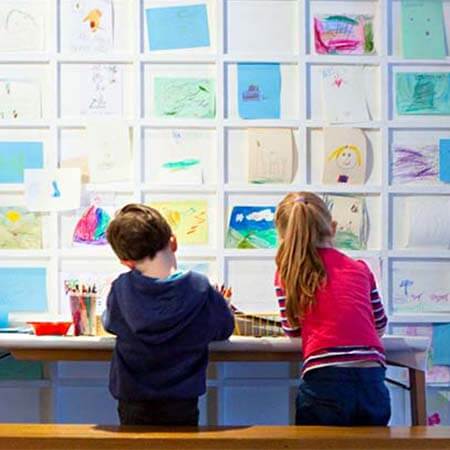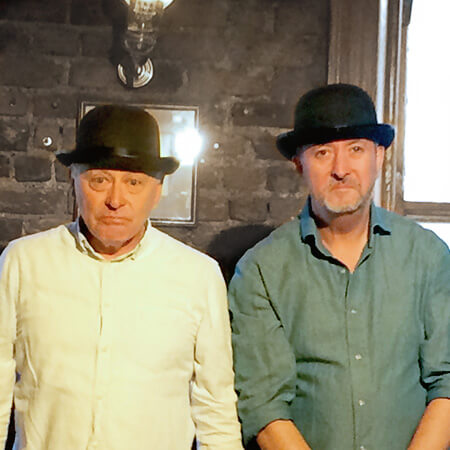Meet the people behind Anu Productions
Louise Lowe and Owen Boss have worked together for almost 20 years. And many of those years have been spent at their co-founded venture – Anu Productions.
Louise Lowe is a theatremaker, while Owen Boss is a visual artist. And, together, they have created a company that takes an interdisciplinary approach to dramatic performances. Combining their skills, they create unique works and experiences.
To find out more, Dublin.ie’s Derek O’Connor sat down with them to discuss their work and how it’s shaped by the city of Dublin.
Combining visual arts and theatre
One of the main goals of Anu Productions’ work is to encourage people to ask questions – about themselves, about the city and about the work itself.
“The work that we make is about the history of contemporary life, in lots of ways,” says Lowe. “A lot of the time, we’re asking people to re-engage with a space – or a place or a community. And then to make up their own minds. We never tell people what they’re looking at, but always try and position questions inside the work.”
We’ve looked at the life of the nation.
This is a process that has evolved over their 18 years working together. The pair first collaborated on socially engaged art practices in Ballymun. This is where the seeds of their current work was sown.
“We were working with young people and looking at their lives within specific areas and sites,” says Boss. “Asking them questions about their lives.”
This work was making an impact. So, in 2009, they decided to set up Anu Productions together. “Since then, we’ve looked at the life of the nation, who we are and what we are,” says Boss.
Telling real stories about Dublin
“Our mise-en-scène has been the landscape of the city,” says Lowe. “That’s grown now, in terms of the international work that we’re being commissioned to make, but I think we’re always drawn back towards Dublin – its stories, its people, its lost histories.”
And by opening up discussion around these neglected stories, they’re really having an impact on audiences.
“Our show PALS talked about the Irish who fought in World War I and literally, on a daily basis, people who saw the show came back,” says Lowe. “They wanted to talk about their relatives who fought in the war, to pay homage to what had happened. Sometimes making this work, you just hit upon something – the things that we don’t talk about.”

PALS – photo by Patrick Redmond
Anu Productions’ other work includes The Wakefires, which touches on the atrocities committed against women during Ireland’s revolutionary years – by all sides involved. Then, there was Miasma, which looked at the cholera pandemic of the 1800s, and Staging The Treaty, an event reliving the debate surrounding the Anglo-Irish Treaty.
Part of their success also lies in recreating a world that they know deeply. “Dublin is our town. We’ve both lived all of our lives here,” says Lowe. “Socially and culturally, we understand it.
And we don’t make any of it up. That’s the critical thing.
“It’s a place that has captured so much energy, so many stories and experiences that it takes on a character all by itself. We find ourselves uncovering different parts of the city. One house on one street can often sum up so much. And we don’t make any of it up. That’s the critical thing.”
Boss chimes in: “There’s something more fascinating about the fact that the stories we’re telling are real”.
A never-ending source of inspiration
Lowe’s father was once a gardener at the much-loved Blessington Street Basin. As a result, she was lucky enough to grow up living in the park’s lodge.
“I love going back to the Basin,” she says. “Sitting there and watching the world pass me by, listening to the grey heron, just being in that space. Those little pockets of tranquility that appear out of nowhere in Dublin are really special.”
Dublin is full of little surprises…
In fact, she’s so fond of it that one of Anu Productions first ever pieces was a multimedia project called Basin, which explored the history of the park.
Boss is just as inspired by the city that surrounds him. “I like finding things that I haven’t noticed before,” he says. “And Dublin is full of little surprises – to be in a city for 40 years and to not know certain things… That’s the fun of it.”
To find out more about Boss and Lowe’s work, visit Anu Productions’ website.


